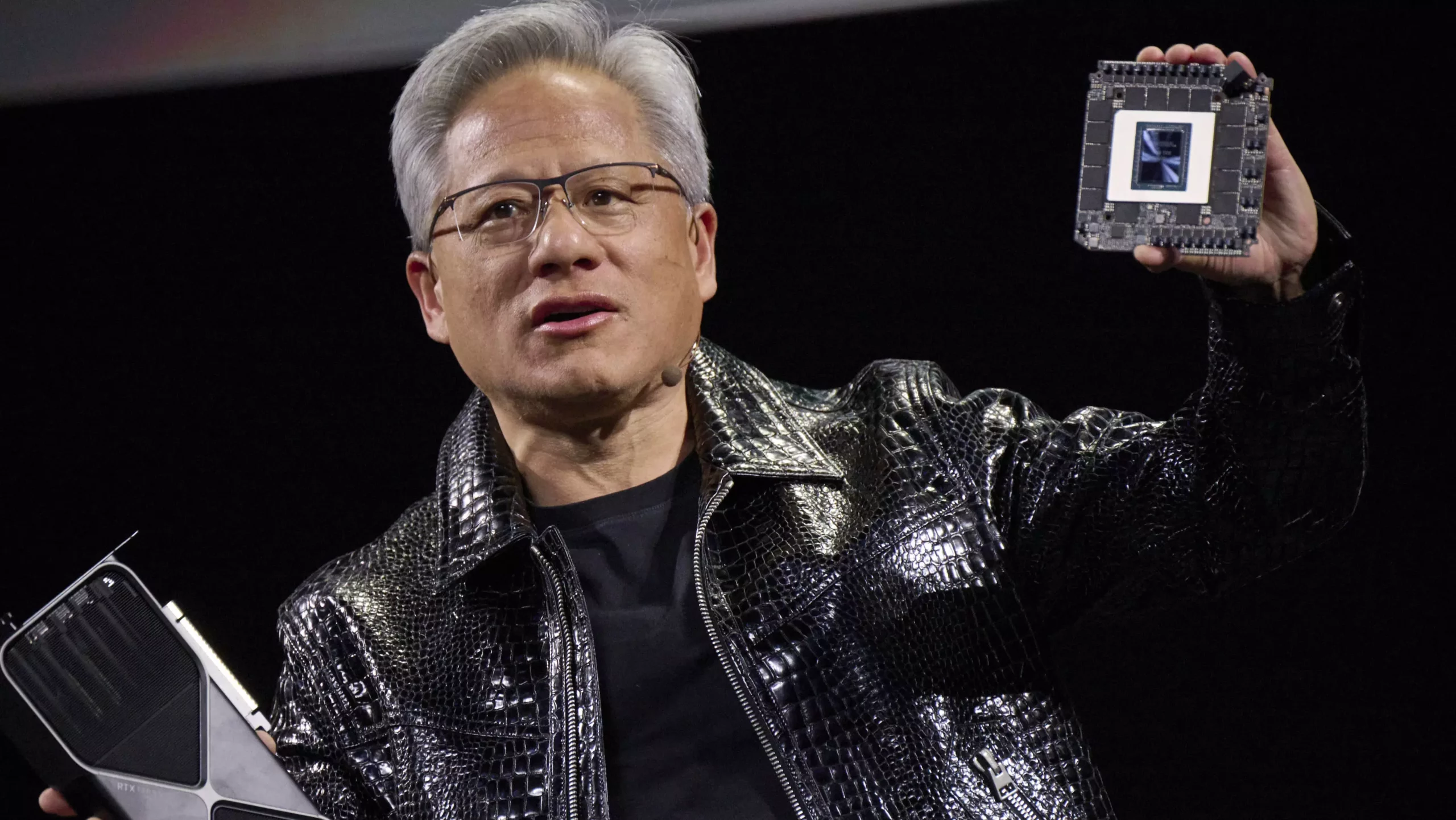The discourse surrounding the intersection of technology policy and international trade has never been more critical, particularly as we navigate the intricate dynamics between the U.S. and its global counterparts. The recent views expressed by Jensen Huang, CEO of Nvidia, shed light on the challenges that come with formulating coherent export regulations in an era characterized by both rapid technological growth and heightened nationalistic sentiments. Huang’s commentary regarding potential changes in chip export regulations under the current administration serves as a crucial example of the shifting landscape of technology governance.
At the heart of the debate lies the proposed Diffusion Rule, a framework designed to classify countries based on their eligibility for American chip technology. This strategy seeks to impose strict controls and is seen as a way to fortify U.S. bargaining power on a global scale. However, as Huang argues, such controls might not be the catalyst for innovation that many proponents envision. Instead of fostering a competitive environment that encourages faster development of Artificial Intelligence (AI), Huang cautions that stricter regulations may inadvertently stifle growth and increase latency in technological adoption.
The Conundrum of National Security vs. Global Collaboration
Huang delivers a bold yet nuanced perspective on the pressing need for a revision of the U.S. export policy. Emphasizing that “the world has changed fundamentally,” he boldly navigates the delicate balance between national security and global collaboration. The reality is clear: the U.S. is not the solitary leader in AI any longer, and its competitive edge can only be maintained through a strategy that embraces collaboration, not isolation.
The traditional view that a more restrictive approach to exports translates into enhanced national security is being challenged. Huang advocates for a more expansive role for American technology on the world stage, arguing that an acceleration in the distribution of technologically advanced products could allow the U.S. to maintain its lead against rapidly advancing competitors, particularly China. The crux of his argument posits that fostering global engagement is not only prudent but necessary for sustained innovation and competitive advantage.
The AI Arms Race: Opportunities and Dangers
The ongoing AI arms race between the U.S. and China cannot be understated. With 50% of the world’s AI researchers based in China, the stakes are not just commercial. They are fundamentally about geopolitical influence and technological hegemony. Huang’s commentary underlines the pressing need for the U.S. to remain a pivotal player in this arena, as the battle for AI supremacy will considerably shape global power dynamics for generations to come.
Yet, the tension between progress and potential peril intensifies when considering the implications of more liberal export regulations. The argument against easy exports hinges on the fear that advanced technologies may leak into the hands of adversaries. Huang’s views acknowledge this risk while advocating for an approach that maximizes the commercial benefits for U.S. companies like Nvidia. The question remains: how do we reconcile the need for innovation with the legitimate concern for national security?
Nvidia’s Role in Shaping Industry Standards
As the conversation unfolds, it’s crucial to remember Nvidia’s unique position in the semiconductor industry. Unlike traditional manufacturers, Nvidia operates on a fabless model, relying on external partners for manufacturing, notably Taiwan’s TSMC. This complicates the narrative surrounding “American-made” chips, as the robust collaboration across borders is essential for the company’s success and the U.S. technology sector as a whole.
What often gets overlooked is that the perception of a streamlined, nationalistic export policy may conflict with the realities of international supply chains. While initiatives to enhance domestic production capabilities are laudable and necessary, the inherent intricacies of global manufacturing cannot be ignored. Tighter export regulations could delay technological progression and ultimately hinder innovation, overshadowing any potential benefits that come from perceived security and control.
The Financial Realities: Profit vs. Progress
Beneath the surface of this policy dialogue lies the undeniably pragmatic discussion of financial incentives. For a company like Nvidia, increased exports directly correlate with profitability. Huang’s push for an export policy that facilitates greater global access to U.S. chip technology could also signal a straightforward motivation—a healthy bottom line. However, this perspective isn’t inherently selfish; it encapsulates a fundamental truth of market-driven economies: commercial success can drive innovation, benefiting not just companies but the broader economy and society.
In grappling with the complexities of AI export regulations, it is essential for policymakers to cultivate an informed framework that prioritizes innovation without comprising national security. The path to striking this balance will require dialogue not just within policy circles, but also among technologists, industry leaders, and international allies who share the goal of a safe but innovative technological future. We are at a crossroads, and the decisions made today could have lasting repercussions for the global technology landscape of tomorrow.

